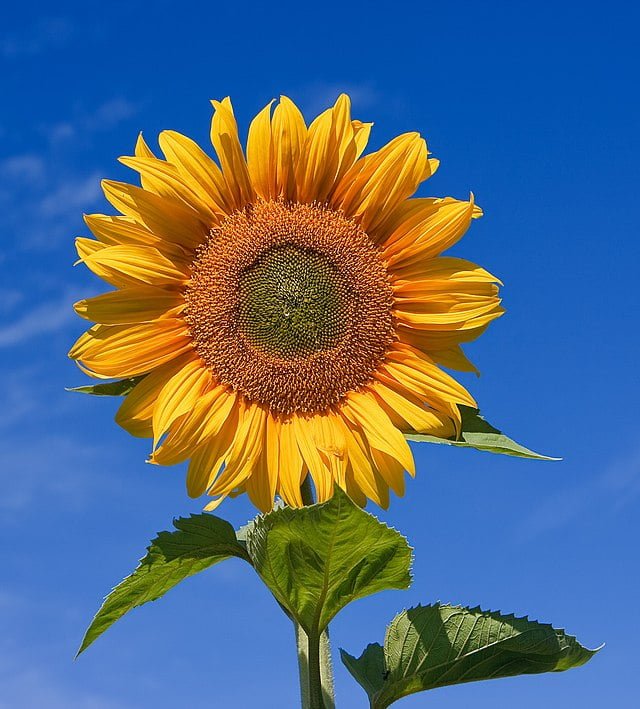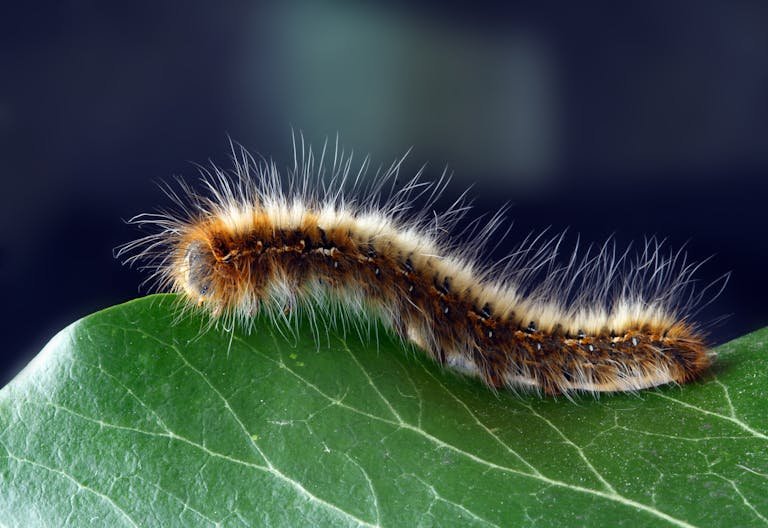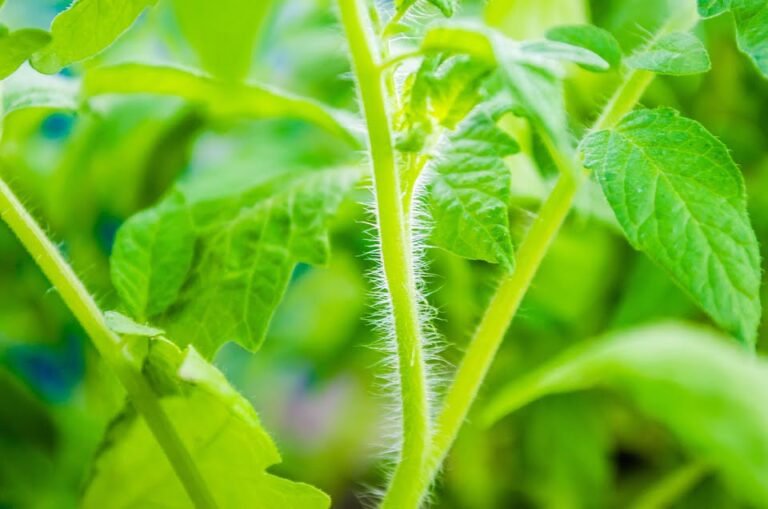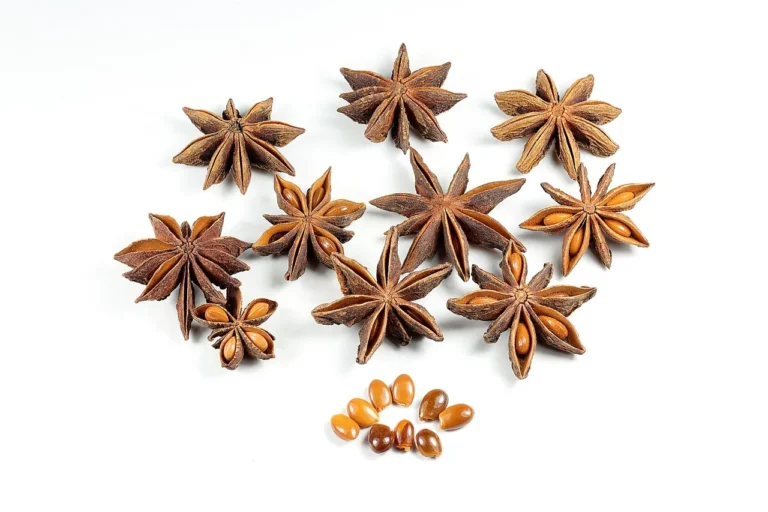Sunlit Sentinels: A Guide to Growing Sunflowers
Sunflowers, with their vibrant, sunny blooms and towering height, are a delightful addition to any garden. They are a symbol of joy, resilience, and warmth, and are surprisingly easy to grow. Whether you’re interested in growing them for their aesthetic appeal, their nutritious seeds, or to attract pollinators, this article will guide you through the process of growing sunflowers in your garden.
Understanding Sunflowers
Sunflowers (Helianthus annuus) are annual plants known for their large, disc-shaped flowers that can range in colour from the traditional bright yellow to reds, oranges, and even multi-toned varieties. They can range in height from a few feet to over 10 feet tall, depending on the variety.
Choosing Your Sunflower Variety
Choose a sunflower variety based on your needs and garden space. Smaller varieties like ‘Elf’ or ‘Teddy Bear’ are suitable for containers or small gardens, while taller varieties like ‘American Giant’ or ‘Russian Mammoth’ are great for creating dramatic visual impact or for harvesting seeds.
Planting Sunflowers
Sunflowers should be planted in a location with full sun (at least 6-8 hours of sunlight a day) and well-drained soil. Sow the seeds directly in the ground after the last frost, as sunflowers prefer not to be transplanted. The seeds should be planted about 1 inch deep and 6 inches apart, with rows about 2-3 feet apart.
Caring for Sunflowers
- Watering: Sunflowers are drought-resistant but will thrive with regular watering.
- Feeding: Sunflowers aren’t heavy feeders, but they will benefit from a slow-release granular fertilizer or an organic compost application in poor soils.
- Supporting: Taller varieties may need support to help them withstand wind and weather. Stakes or garden canes can be used for this purpose.
Harvesting Sunflowers
For flower arrangements, cut the stems early in the morning before the flower buds fully open. If you’re growing sunflowers for seeds, wait until the flower head turns brown on the backside, then cut the head off with about a foot of stem and hang it upside down in a dry, well-ventilated place to finish maturing.
Dealing with Pests and Diseases
Common pests include birds, squirrels, and insects like aphids and beetles. Covering developing sunflower heads with mesh or cheesecloth can help protect against birds and squirrels. Diseases to look out for include rust, mildew, and various wilts and blights. Keeping the garden clean and not watering from overhead can help prevent many of these issues.
Growing sunflowers is a fun and rewarding gardening project that can brighten up your garden and boost your mood. With their minimal care requirements and spectacular results, sunflowers are a fantastic choice for gardeners of all skill levels. So go ahead, plant some sunflowers, and bring a little sunshine into your garden! Happy gardening!







